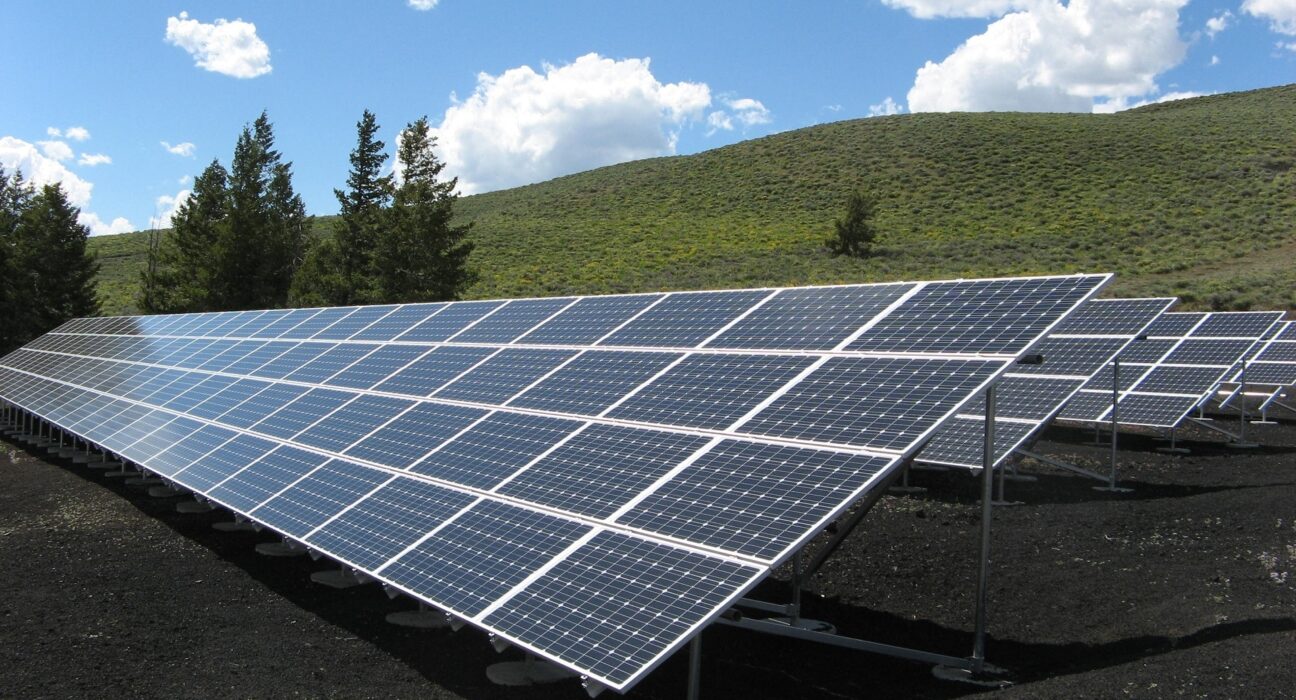The technologies involve converting sunlight( solar energy ) into electrical energy using photovoltaic or reflecting materials. The electricity generated can be used directly or stored in batteries for future use or when no sunlight is during nighttime.
Solar techniques may be active or passive, where the solar energy is harnessed by the PV system and solar water heating. The passive methods include:
- Orientating a building to the sun.
- Selecting materials with favorable thermal masses.
The methods above will assist in designing spaces for air circulation.
With the theme of going green, solar energy has turned out to be cheaper, affordable, convenient, and easy to use due to its natural way of transforming light into energy. The technology is eco-friendly since there is no air pollution when using this model. It also helps to enhance the well-being of the animals and humans cause the air we breathe is mostly fresh.
Globally, with the change and inventory of the system, energy security has been enhanced since it has long-term benefits, it has improved sustainability, and most importantly, it has reduced the cost of mitigating global warming.
When installing the system, high costs are experienced since the capital required to buy the whole system is high, adding the transportation fee and the installation fee. Once the system is installed, there is a low maintenance cost since the system is not tempered with mainly. The solars are mounted on top of a structure or rooftops. The controlling systems are mounted in a room to gather and collect more sunlight to allow accessibility.
Technology has contributed much to developing our countries. For instance, the solar system has been used by all trade sectors for industrial use, lighting, and even in the water sector to pump the borehole water. By this, the economic stimulus checks have gone high, leading to positive results.

